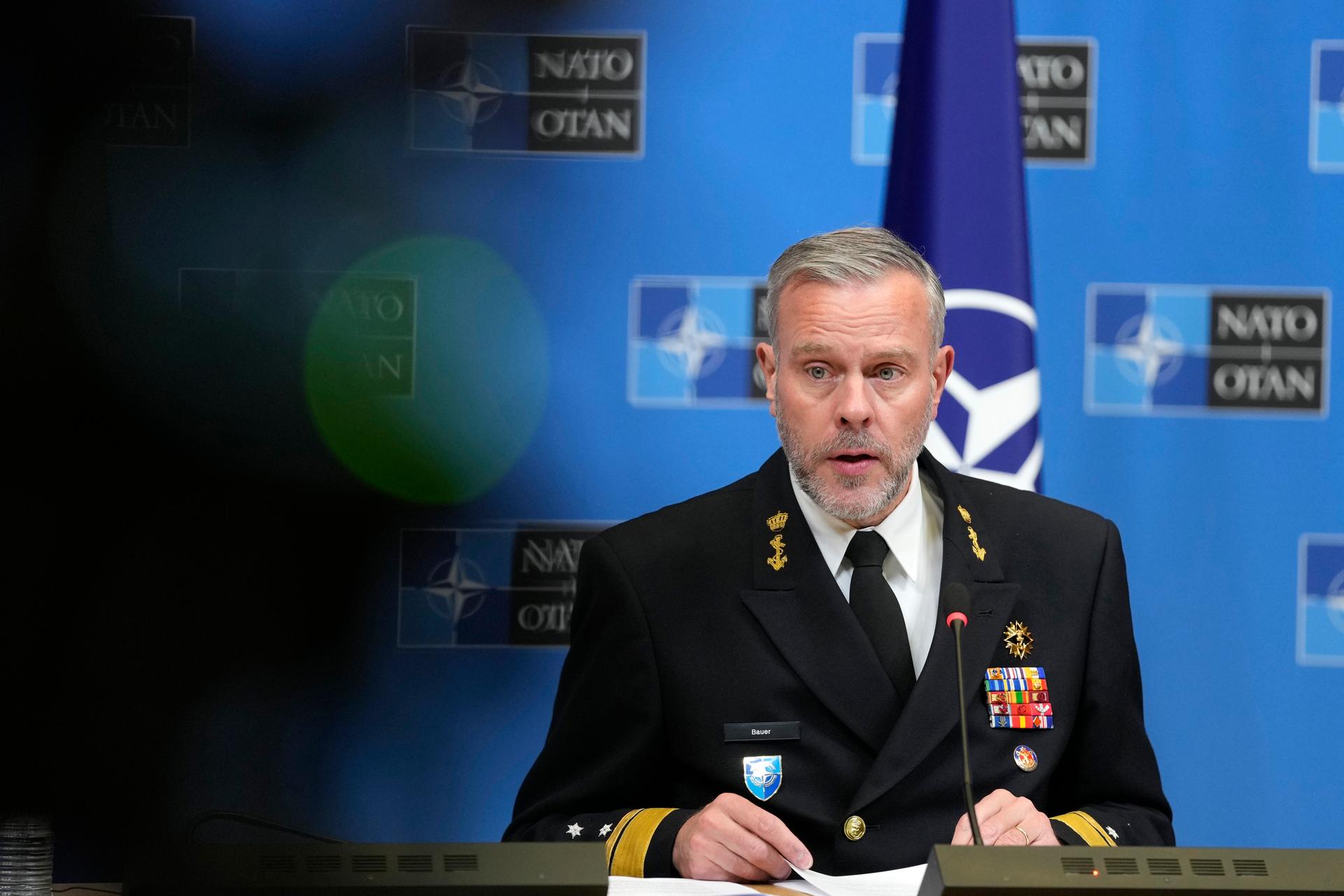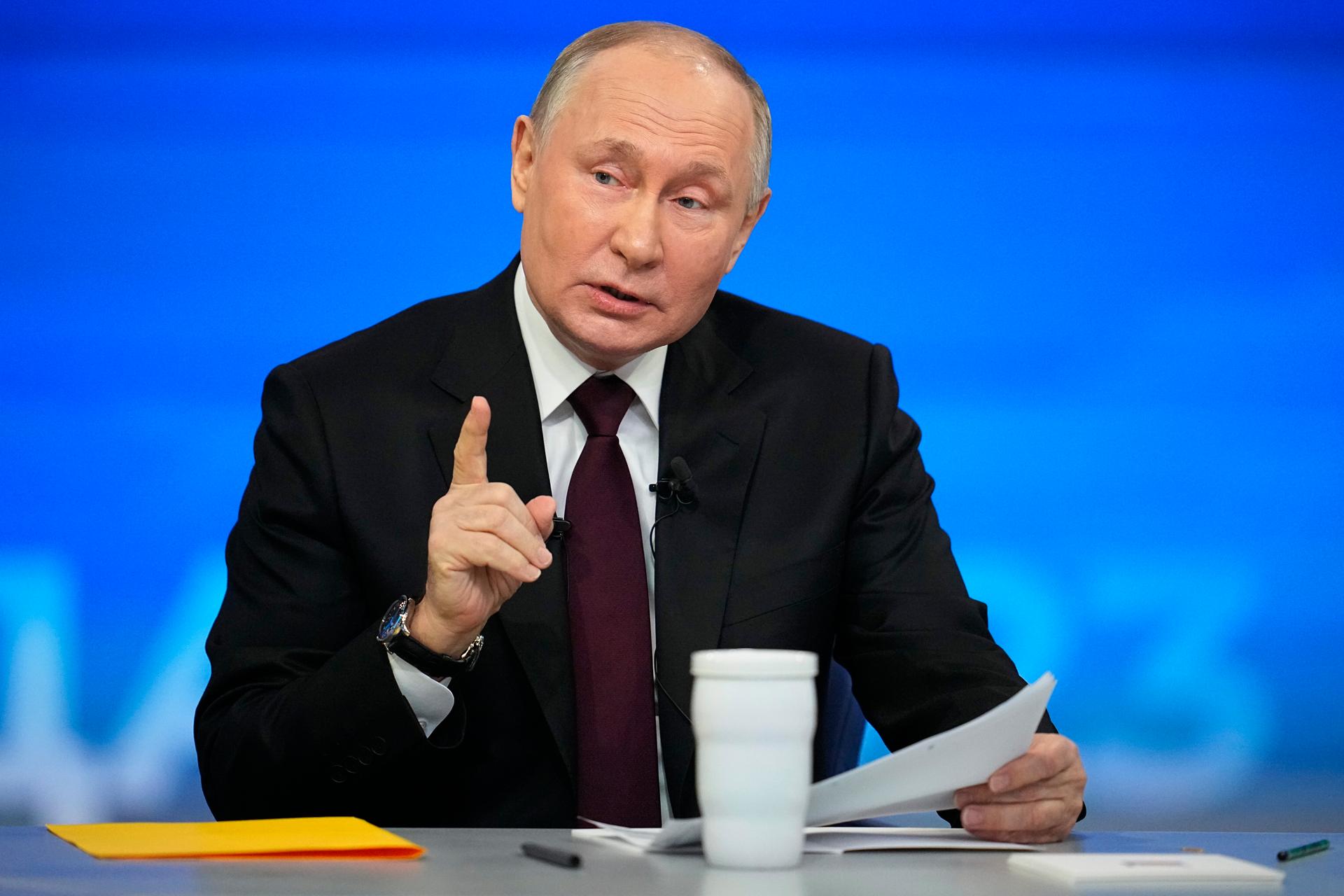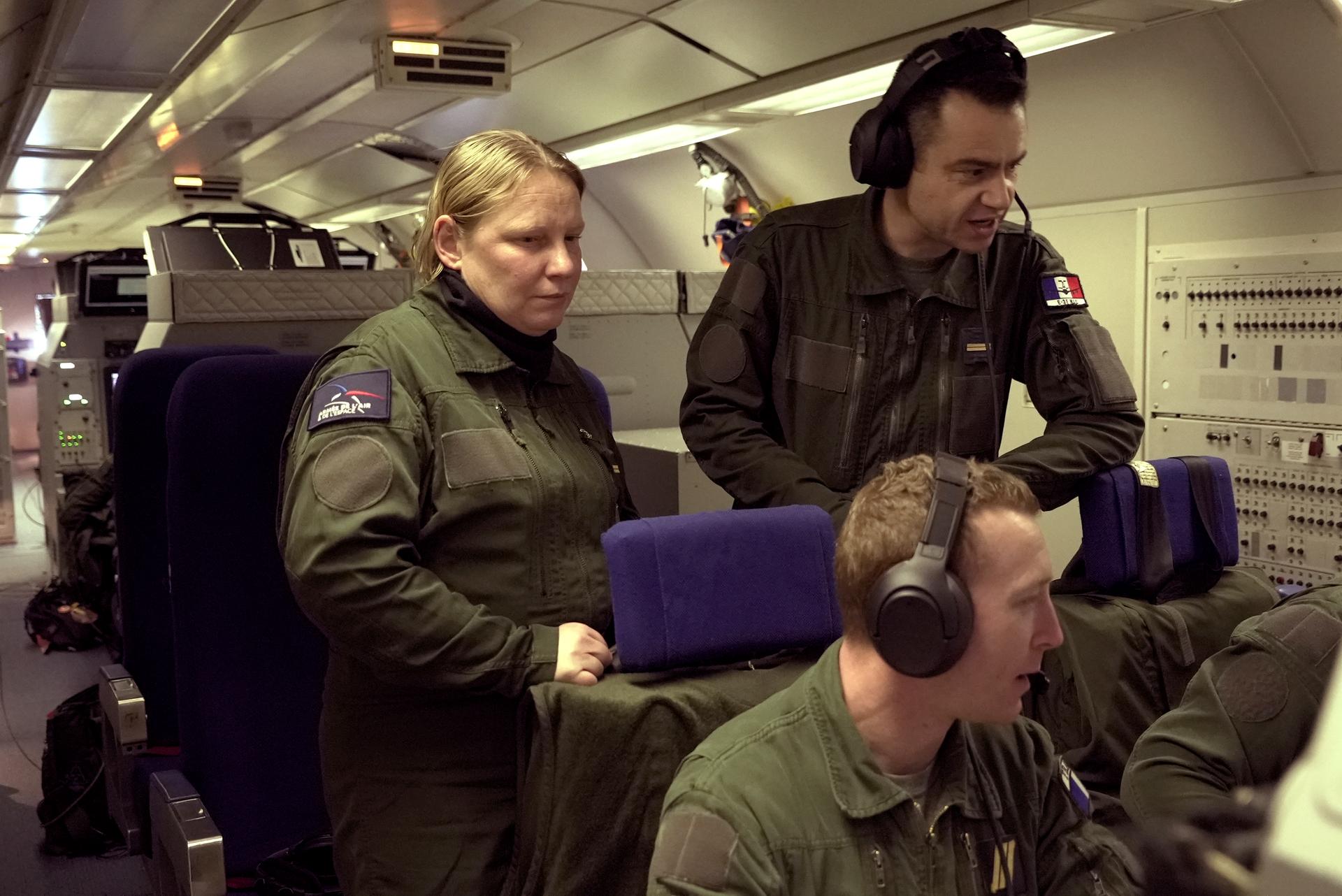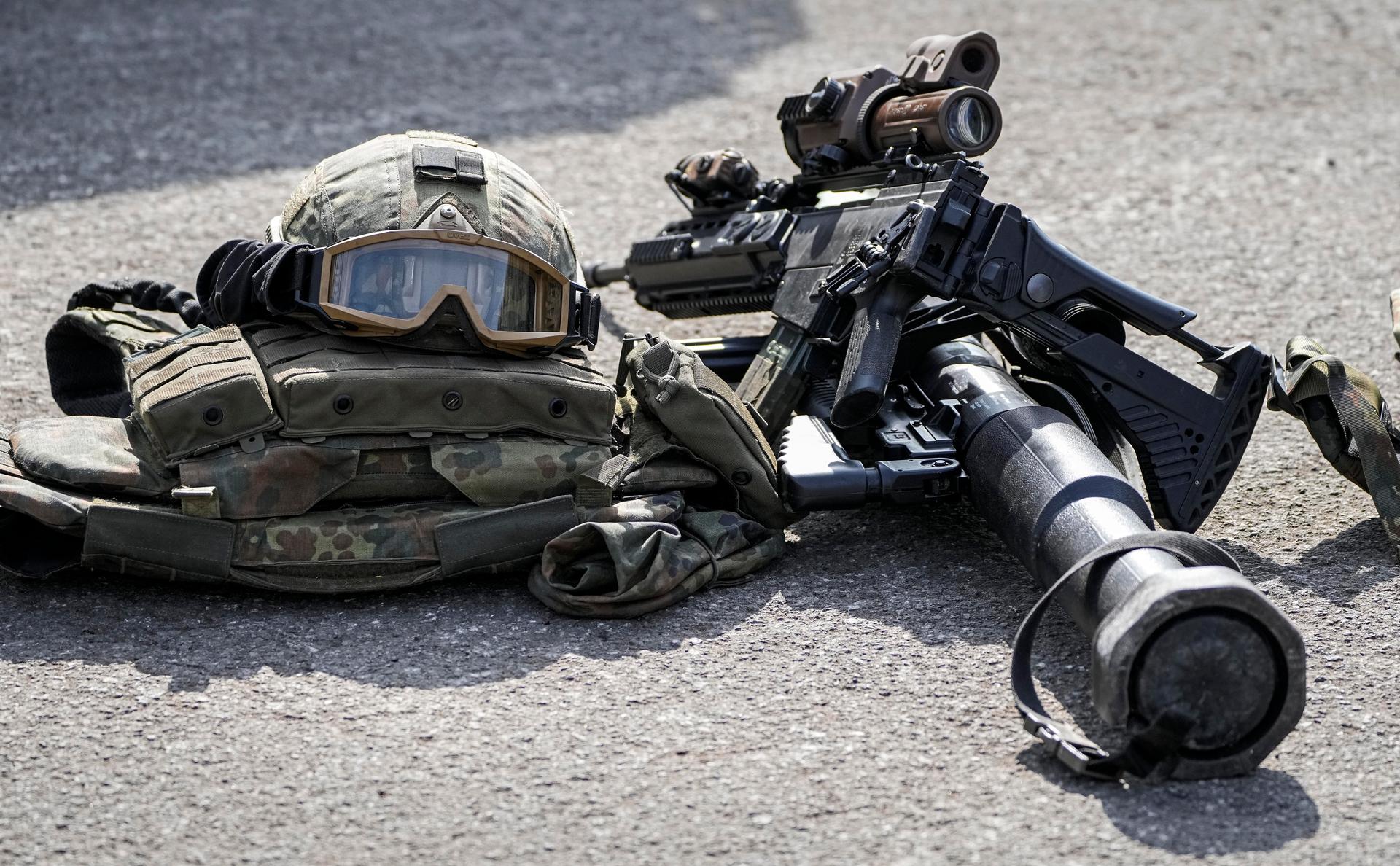Last week, NATO’s top military brass met at their headquarters in Brussels to discuss some of the most-pressing issues facing the military alliance.
“In our strategy and our plans, we describe two threats, which is Russia and the terrorist groups,” said Adm. Rob Bauer, chair of the NATO Military Committee, speaking with the press last week after NATO announced the launch of its largest military exercises in decades.

There’ll be 90,000 troops from dozens of countries taking part along with a full fleet of ships, fighter jets, helicopters, drones, artillery and combat vehicles.
This exercise is about simulating war. It’s meant as preparation in case Russia attacks a NATO ally — something that’s being discussed across Europe.
Over the past few weeks, military leaders in the UK and Sweden have warned the public about the possibility of war.
So has Bauer at NATO headquarters.
“Not everything is going to be hunky-dory in the next 20 years. I’m not saying it is going wrong tomorrow, but we have to realize it’s not a given that we are in peace,” Baur said. “And that’s why we have the plans. That’s why we are preparing for a conflict with Russia and the terror groups, if it comes to it, if they attack us.”
Russian President Vladimir Putin is giving NATO reasons to worry.

Last month, Putin blamed the US and NATO for sending more troops near Russia’s borders, and more recently, he called out Baltic countries, who are all NATO members, for mistreating their Russian-speaking populations.
Putin’s spokesperson, Dmitry Peskov, also recently berated Europe for its “Russophobia.”
“The West holds a very clear anti-Russian position,” he said.
Peskov said that Europe has a “militaristic stance” toward Russia, and he pointed to the NATO exercises as proof.
“Don’t look at Russian words, look at their actions,”
“Don’t look at Russian words, look at their actions,” said Jānis Sārts, the director of the NATO Strategic Communications Centre of Excellence in Riga, Latvia.
He said that Kremlin officials often present themselves as the victims of Western aggression.
Russia has used this narrative to justify its war in Ukraine, but Sārts said that when it comes to NATO, Russia’s rhetoric doesn’t correspond with its actions. It’s focusing its military might on Ukraine, not on its borders with NATO countries.
“If you look at the real actions of Russia, they basically emptied their forces next to the NATO borders, and if they empty their borders in a time when they’re really fighting a very hard war with Ukraine, that means they know NATO is not going to attack Russia, they are feeling safe about it,” he said.
Russia is an unpredictable actor, Sārts said. The outcome of the war in Ukraine is uncertain, especially with funding stalled in Congress. So, NATO countries must still be prepared for anything, including war.

“The risk if Ukraine loses, obviously, is much higher than if Ukraine wins, but still, it depends on the cohesion of alliance,” he said.
Sārts said he believes clear communication is an important factor in this. He said that leaders are expressing what could happen if Ukraine doesn’t get the support it needs. But at the same time, like with Russia, NATO’s actions speak louder than their words.
“When we think about the communication, what you do is far more important than what you say,” he said.
Sārts said that military exercises are one way that NATO practices deterrence — by showing strength. But that deterrence is hard to measure, especially at a time when there’s already a war raging on NATO’s borders.
